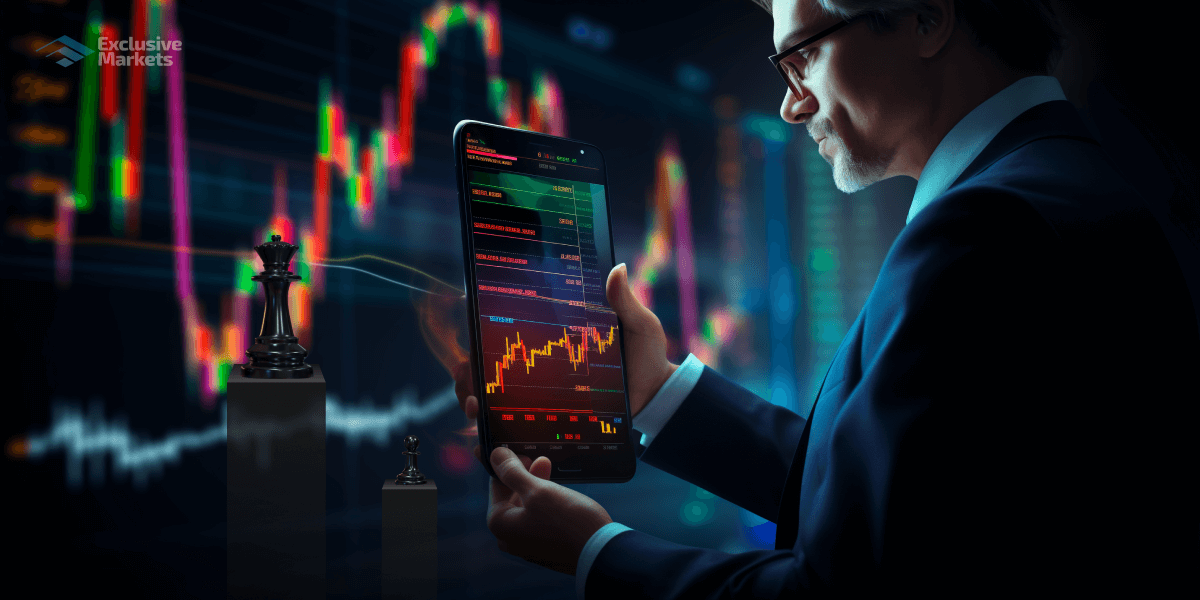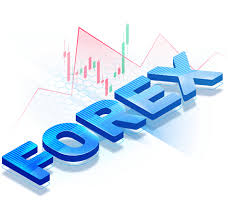
Understanding Automatic Forex Trading: A Comprehensive Guide
In the fast-paced world of currency trading, automatic forex trading has emerged as a promising solution for both novice and experienced traders. Leveraging sophisticated algorithms and technology, traders can now execute trades with precision and efficiency. This article will explore the ins and outs of automatic forex trading, its advantages, tools, and strategies to help you get started in this exciting realm. For more detailed information and resources, visit automatic forex trading latam-webtrading.com.
What is Automatic Forex Trading?
Automatic forex trading, often referred to as algorithmic trading or automated trading, involves the use of software programs to enter and exit trades based on pre-defined criteria. This can include technical indicators, chart patterns, or other trading signals that dictate when to purchase or sell currency pairs. The primary goal is to remove emotional biases from trading decisions, allowing for more disciplined and methodical investment strategies.
Benefits of Automatic Forex Trading
1. Efficiency and Speed
One of the key advantages of automatic forex trading is the speed at which trades can be executed. Unlike manual trading, which relies on the trader’s ability to make quick decisions, automated systems can execute trades in milliseconds. This can be particularly advantageous in a market that is constantly fluctuating.
2. Reduced Emotional Impact
Trading decisions are often clouded by emotions like fear and greed. Automated trading systems follow a set of rules and parameters, allowing for objective decision-making without the influence of emotional biases. This makes it easier for traders to stick to their strategies and maintain discipline in the face of market volatility.
3. Backtesting Capabilities
Automated trading platforms usually come with backtesting features, allowing traders to test their strategies against historical market data. This capability enables traders to optimize their trading strategies before live deployment, reducing the risk of losses from untested strategies.
4. Increased Trading Opportunities
With automated systems, traders can monitor multiple currency pairs simultaneously, identifying potential trading opportunities that a human trader might miss. This is particularly beneficial in the forex market, where opportunities arise at any time of the day.
Tools and Software for Automatic Forex Trading
Several tools and platforms have been developed to facilitate automatic forex trading. Below are some of the most commonly used software and platforms:
1. MetaTrader 4 (MT4) and MetaTrader 5 (MT5)
MetaTrader platforms are among the most popular for forex trading. They offer a variety of features, including automated trading capabilities through Expert Advisors (EAs). Traders can design their own EAs or purchase them from third-party developers.
2. TradingView
TradingView is primarily a charting platform, but it also offers script capabilities through Pine Script, allowing traders to create custom indicators and alerts that can be used to inform automated trading strategies.
3. cAlgo
cAlgo is integrated with cTrader and allows traders to create automated trading bots in C#. This platform is favorable for developers who prefer a more customizable environment for algorithmic trading.
Developing a Successful Automatic Trading Strategy

Creating a successful automatic trading strategy requires a clear understanding of market dynamics and an effective implementation of that knowledge into code. Here are some fundamental steps to develop a robust trading strategy:
1. Define Your Goals
Before you dive into the development of your trading strategy, it is crucial to identify what you hope to achieve. Are you looking for short-term gains, or are you more interested in long-term investments? Clearly defined goals will help shape the parameters of your trading strategy.
2. Choose Your Trading Style
Decide on the trading style that aligns with your goals. Some common styles include day trading, swing trading, and scalping. Each style has its own characteristics and risks, so selecting one that matches your personality and objectives is essential.
3. Select Trading Indicators
Identify the technical indicators that will form the backbone of your trading decisions. These could include moving averages, Relative Strength Index (RSI), Bollinger Bands, or other indicators that help signal potential entry and exit points.
4. Backtest Your Strategy
Once you’ve developed your strategy, it’s time to backtest it against historical data. This will allow you to see how well your strategy would have performed in various market conditions. Be sure to validate your results to ensure they are not the product of random chance.
5. Implement Risk Management Techniques
A successful trading strategy must include robust risk management techniques to protect your capital. This includes setting stop-loss orders, determining position sizes, and regularly monitoring account performance.
Risks Associated with Automatic Forex Trading
While automatic forex trading offers numerous advantages, it is not without its risks. Some potential pitfalls to be aware of include:
1. Technical Failures
Automated trading relies heavily on technology, and any technical glitches can lead to substantial losses. Ensuring your platform is stable and your internet connection is reliable is crucial for minimizing risks associated with technical failures.
2. Over-Optimization
Traders may be inclined to over-optimize their strategies based on historical data, leading to a phenomenon known as curve fitting. This can result in strategies that perform poorly under live market conditions despite having stellar backtesting results.
3. Market Volatility
The forex market can be highly volatile, impacting the performance of automated trading systems. A strategy that works well in a stable market may fail during turbulent times. It’s essential to stay informed about global economic indicators and geopolitical events that could affect currency movements.
Conclusion
Automatic forex trading holds significant potential for enhancing trading efficiency, reducing emotional decision-making, and increasing the ability to capitalize on market opportunities. By understanding the necessary tools, crafting a well-thought-out strategy, and being mindful of associated risks, traders can effectively navigate this new frontier of currency trading. Whether you are just starting or are looking to refine your approach, embracing the world of automatic trading can bring you one step closer to achieving your financial goals.
